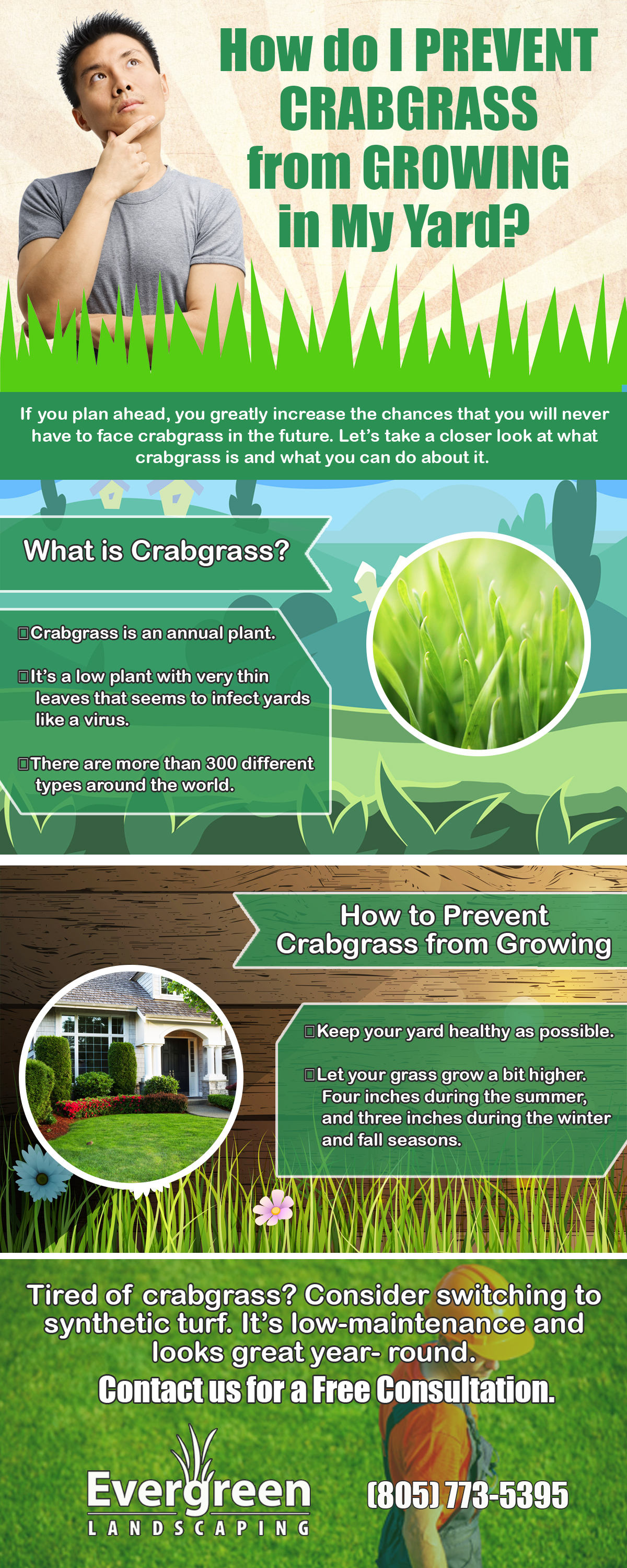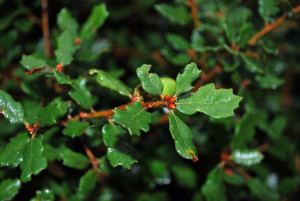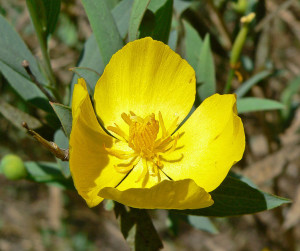Gardening Terms You Should Know and Understand
On the surface, gardening and planting seems fairly easy. You put seeds or plants in the ground and wait… but there is a lot more to it than that. And that’s where a professional landscaper, such as those at Evergreen Landscaping, can help you. There are several gardening terms you should know that your landscaper will use. Understanding these gardening terms will help you when you’re planning your garden.
Gardening Terms
- Annual – an annual is a plant that completes its entire life cycle in one year. It grows, reproduces and dies all in one year.
- Biennial – this plant lives two years. It grows the first year and reproduces and dies in the second.
- Compost – this is organic material in various states of decomposition. Gardeners create a compost pile from lawn clippings, leaves, and organic waste material from their homes.
- Dead-Head – Dead-heading a plant means removing the flowers once they have wilted after blooming. This is done by pinching off the flower below the petals. It can help further growth and also prevent the plant from self-seeding.
- Direct Sow – this means that seeds can be directly planted into the soil or garden where you want the plant to grow. There is no need to start the plants inside first, for instance.
- Germination – this is the stage where the seed starts to change. It will start to sprout and your plant will begin its growth. It is helpful to know how many days it will take a certain seed to germinate.
- Hardiness Zone – this is a term you will hear your landscaper use a lot. The hardiness zone is a geographically-defined zone that will determine what plants will grow well in your area. Your zone is assigned a number from 1-11. You want to use plants that are hardy for your zone for best results.
- Hardy Perennial – Perennials are plants that live for more than two years. A hardy perennial will usually have a lower zone limit to which it is hardy, and that means it will withstand the weather in that zone year-round without having to be brought inside.
- Mulch – Mulch takes various forms. It can be well-rotten manure, compost, gravel, or other material that is used to retain moisture in your garden, hold back weed growth and/or improve soil composition. This is usually spread in a thick layer either over seeds or around plants. In areas prone to frost and freezes, it can be used to keep tender plants from experiencing those harsh weather conditions.
- Pistil – the pistil is the female reproductive portion of the flower of a plant. It is the seed-bearing part of the flower.
- Pollination – this is the transfer of pollen between plants. Pollination is needed for fruits and vegetables to grow. This can be accomplished via wind, pollinating insects, animals or humans.
- Rhizome – this is a horizontal stem that grows along the ground or underground. New plants can sprout up along these rhizomes, allowing one specific plant to take over an entire garden bed or area. Many ground cover plants spread via rhizomes.
- Stamen – this is the male reproductive portion of the flower. It contains the pollen.
- Pruning – If you are unfamiliar with pruning trees, shrubs and plants, it is best to either have a professional landscaper handle the pruning for you, or at the very least let them explain how to prune each of your trees and shrubs. Pruning is more than just cutting haphazardly. It is a careful and deliberate cutting of certain branches or parts of branches to increase tree health and for aesthetic appeal.
Gardening and landscaping do not have to be a mystery. But it is definitely best to start out with a professional landscaper who can help you to understand these gardening terms, and the many other terms regarding gardening and landscaping.
At Evergreen Landscaping we help you do just that. We’ll get the exact look and feel you want for your property while using the perfect plants for the central coast area.

 Are you longing for a brilliant pop of color for your drought resistant Pismo Beach garden? Cardinal catchfly, a native to our area, is a welcome alternative to succulents and wild grasses. Cardinal catchfly, also called Indian pink, Mexican pink and Mexican campion, is a saffron-colored flowering herb. Each stem bears multiple blooms.The blooms have long stamens that are fully revealed as the flower unfolds. Cardinal catchfly needs a bit of extra care compared to some other drought tolerant plants, but it also has some special qualities you’re sure to love.
Are you longing for a brilliant pop of color for your drought resistant Pismo Beach garden? Cardinal catchfly, a native to our area, is a welcome alternative to succulents and wild grasses. Cardinal catchfly, also called Indian pink, Mexican pink and Mexican campion, is a saffron-colored flowering herb. Each stem bears multiple blooms.The blooms have long stamens that are fully revealed as the flower unfolds. Cardinal catchfly needs a bit of extra care compared to some other drought tolerant plants, but it also has some special qualities you’re sure to love. Understanding basic
Understanding basic  Sea cliff buckwheat is a beautiful, perennial spreading shrub with blooms ranging from off-white to pale red. It typically grows to a height of about three feet and branches out to the same width. While it prefers sandy soil, it also does well in clay. It grows best at low altitudes. It is also called seacliff buckwheat, dune buckwheat, coast buckwheat and cliff buckwheat.
Sea cliff buckwheat is a beautiful, perennial spreading shrub with blooms ranging from off-white to pale red. It typically grows to a height of about three feet and branches out to the same width. While it prefers sandy soil, it also does well in clay. It grows best at low altitudes. It is also called seacliff buckwheat, dune buckwheat, coast buckwheat and cliff buckwheat.
 Foothill pine is a handsome evergreen that can grow to 80 feet tall. It’s also called California foothill pine, pinon pine, bull pine, nut pine and gray pine. The California foothill pine thrives in areas with poor soil and little water. The nuts, eaten raw or roasted or even ground into flour with other seeds, were a vital food source for Native Americans. Native Americans also used the pine pitch for medicinal purposes and the branches to fashion utensils and even in basket weaving.
Foothill pine is a handsome evergreen that can grow to 80 feet tall. It’s also called California foothill pine, pinon pine, bull pine, nut pine and gray pine. The California foothill pine thrives in areas with poor soil and little water. The nuts, eaten raw or roasted or even ground into flour with other seeds, were a vital food source for Native Americans. Native Americans also used the pine pitch for medicinal purposes and the branches to fashion utensils and even in basket weaving.

 Bush poppy is also called tree poppy. The latter is somewhat inaccurate, because the bush poppy is one of California’s smaller native flowering shrubs. It’s drought-resistant and likes full sun, but needs more care than other wild flowering shrubs. Its yellow flowers are the color of buttercups and will light up your yard, but only if it’s planted in the right type of soil. Depending on the soil, your bush poppy will need a little watering.
Bush poppy is also called tree poppy. The latter is somewhat inaccurate, because the bush poppy is one of California’s smaller native flowering shrubs. It’s drought-resistant and likes full sun, but needs more care than other wild flowering shrubs. Its yellow flowers are the color of buttercups and will light up your yard, but only if it’s planted in the right type of soil. Depending on the soil, your bush poppy will need a little watering.